In the Mekong Delta, the market is gradually becoming more active again but transactions are still slow. Some localities such as An Giang, Lap Vo (Dong Thap), Sa Dec or An Cu (Tien Giang) recorded only a small amount of goods arriving. Warehouses are still mainly in a state of exploration, with few strong buying activities, and prices remain stable.
The prices of raw rice in this area also did not fluctuate much. OM 380 rice remained at 7,700 - 7,850 VND/kg. OM 5451 rice fluctuated from 9,600 - 9,750 VND/kg. Other rice varieties such as IR 504, OM 18 and Nang Hoa 9 remained around the old price.
At retail markets, rice retail prices are also stable. Fragrant rice ranges from 18,000 to 22,000 VND/kg. Regular rice is commonly priced at 15,000 to 16,000 VND/kg. Some special varieties such as Nang Nhen rice cost up to 28,000 VND/kg. Japanese and Jasmine rice are currently priced at 22,000 VND/kg.
The glutinous rice market has not changed much. The price of fresh IR 4625 glutinous rice is stable at around 7,700 - 7,900 VND/kg. Three-month dried glutinous rice is traded at 9,600 - 9,700 VND/kg.
By-products such as bran, broken rice and rice husks continued to move sideways. Bran fluctuated between 5,750 and 5,950 VND/kg. Broken rice of grade 3-4 remained at 6,700 and 6,800 VND/kg. Fragrant broken rice was from 7,100 to 7,300 VND/kg, while rice husks were still traded at 800 and 900 VND/kg.
Regarding domestic rice prices, many provinces have recorded low supply and cautious transactions. In Long An, demand is weak. In Bac Lieu and An Giang, farmers are offering stable prices, while large areas of fragrant rice have been reserved. Tra Vinh has recorded a slowdown in rice collection.
According to the Department of Agriculture and Environment of An Giang province, there were no new fluctuations in rice prices today. OM 5451 rice was purchased at 6,200 - 6,400 VND/kg. Dai Thom 8 remained at 6,800 - 7,000 VND/kg. OM 18 fluctuated at 6,700 - 6,900 VND/kg. IR 50404 and OM 380 were at 5,800 - 6,000 VND/kg. Factors such as weather, tariffs and international purchasing power will continue to affect market developments in the coming time.

In the export market, Vietnamese rice prices have seen a slight decrease this week. According to the Vietnam Food Association, the price of 25% broken rice is currently at $370 per ton, while 5% broken rice is being offered at $399 per ton. Compared to last week, this price has decreased from around $405–$410 per ton.
Export rice prices last week recorded a downward trend in many major Asian centers. The main reason was due to weak demand due to uncertainties related to US tariff policies. Meanwhile, domestic rice prices generally remained unchanged compared to the previous trading session.
A trader in Ho Chi Minh City said many international buyers are holding off on transactions as they wait for the tariff tensions between the US and other countries to cool down. In addition, concerns about exchange rate fluctuations are also affecting purchasing sentiment.
Domestic supply is currently significantly reduced as the main harvest has ended. The latest statistics show that Vietnam exported about 1.087 million tons of rice in March, down 3.1% compared to the same period last year.
In other major Asian hubs, export prices also fell due to weak demand. In Thailand, 5% broken rice fell to $390 a tonne, its lowest since December 2021. Buyers there are still hesitant, waiting for clearer signals from global tariff developments. Traders said that in addition to the exchange rate factor, the stability of supply is also the reason why prices have not been able to recover.
In India, 5% broken parboiled rice prices are currently quoted at $388–$394 per tonne, down slightly from last week and the lowest in nearly two years. 5% broken white rice prices also continued to decline, hovering around $378–$383 per tonne, due to ample supplies and weak demand.
Meanwhile, Bangladesh, the world’s third-largest rice producer, is planning to buy 1.7 million tonnes of rice from farmers in the upcoming season, a move aimed at boosting national reserves amid rising domestic prices.
Source: https://baoquangnam.vn/gia-lua-gao-hom-nay-12-4-2025-gao-xuat-khau-giam-nhe-3152608.html


![[Photo] National Assembly Chairman Tran Thanh Man attends the Policy Forum on Science, Technology, Innovation and Digital Transformation](https://vstatic.vietnam.vn/vietnam/resource/IMAGE/2025/4/13/c0aec4d2b3ee45adb4c2a769796be1fd)
![[Photo] Prime Minister Pham Minh Chinh chairs the Government's special meeting on law-making in April](https://vstatic.vietnam.vn/vietnam/resource/IMAGE/2025/4/13/8b2071d47adc4c22ac3a9534d12ddc17)
![[Photo] National Assembly Chairman Tran Thanh Man attends the ceremony to celebrate the 1015th anniversary of King Ly Thai To's coronation](https://vstatic.vietnam.vn/vietnam/resource/IMAGE/2025/4/13/6d642c7b8ab34ccc8c769a9ebc02346b)



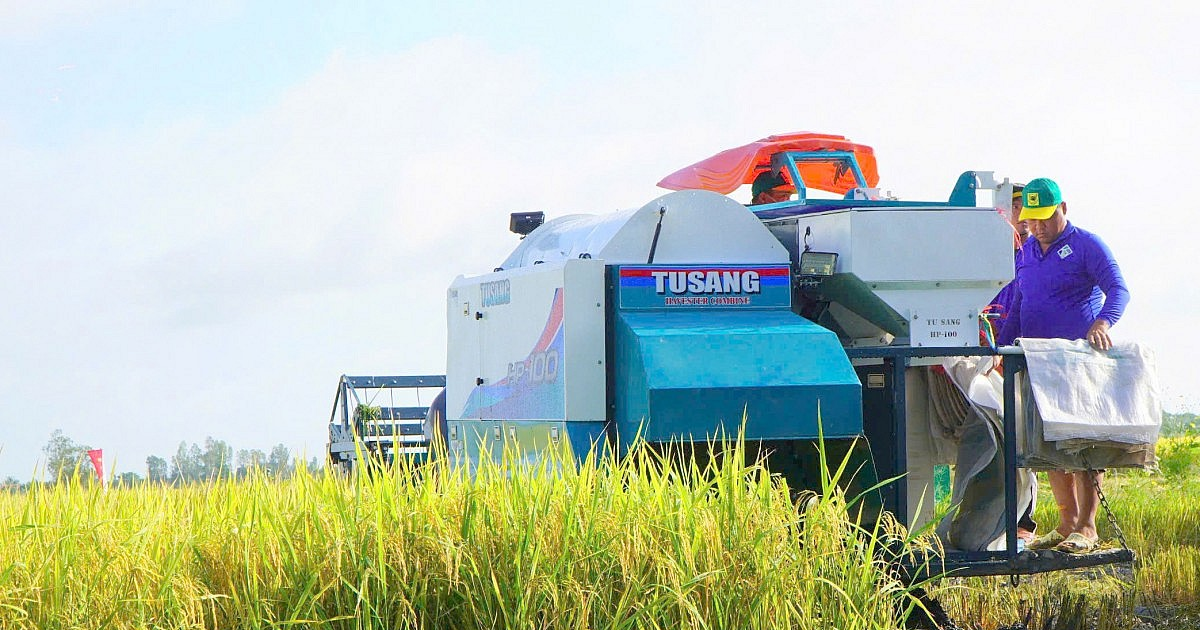


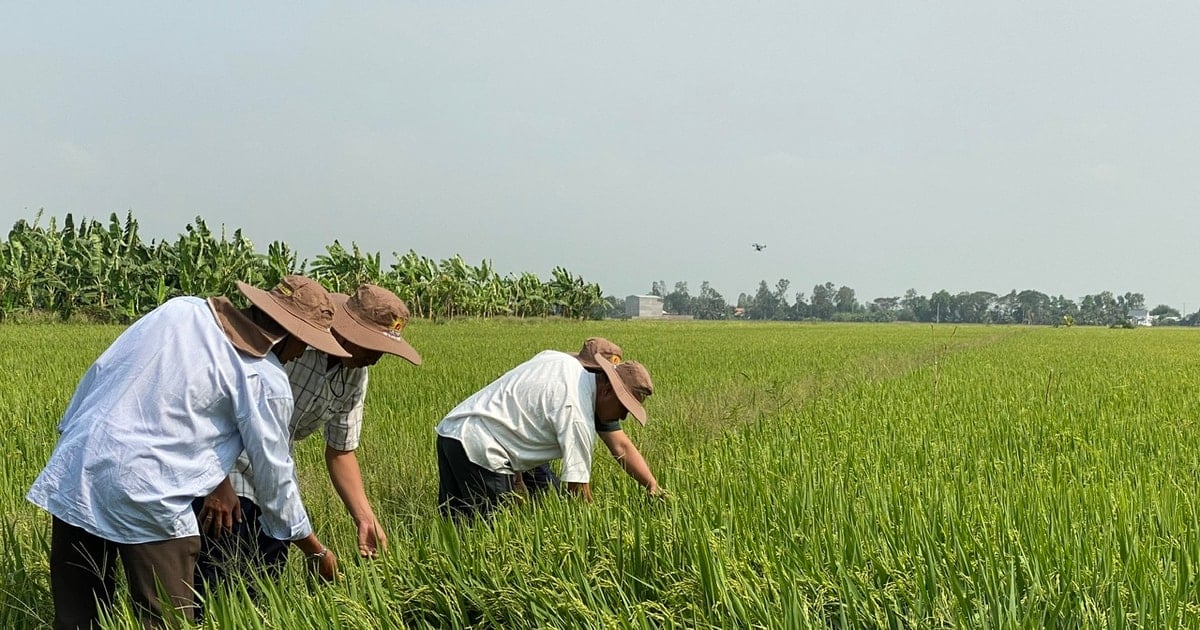


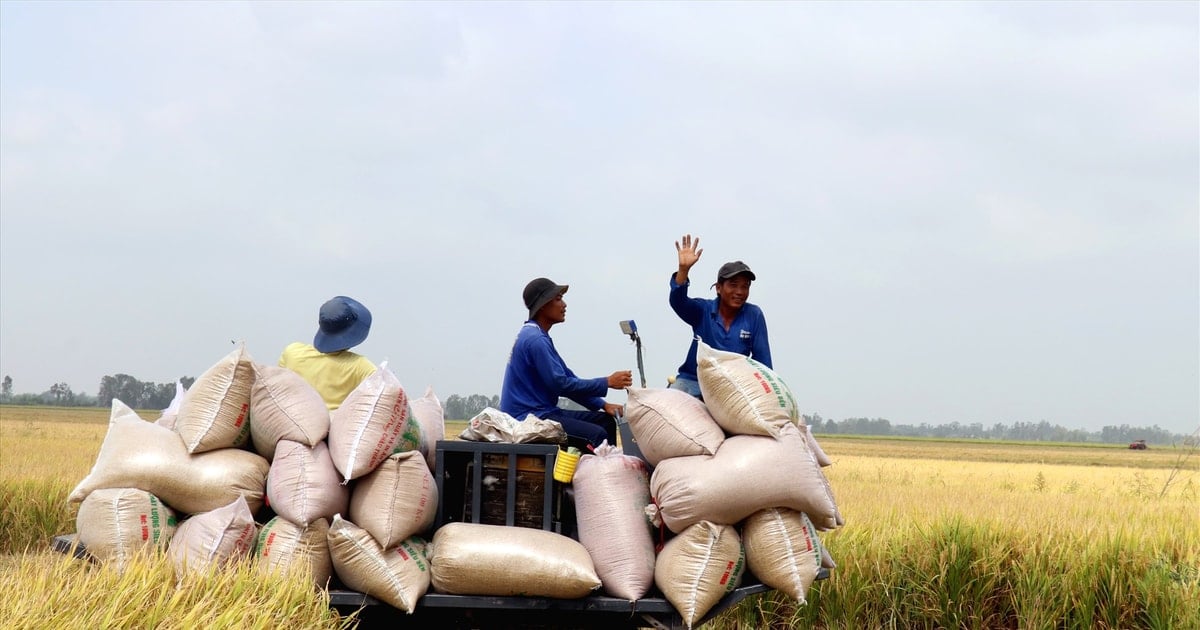



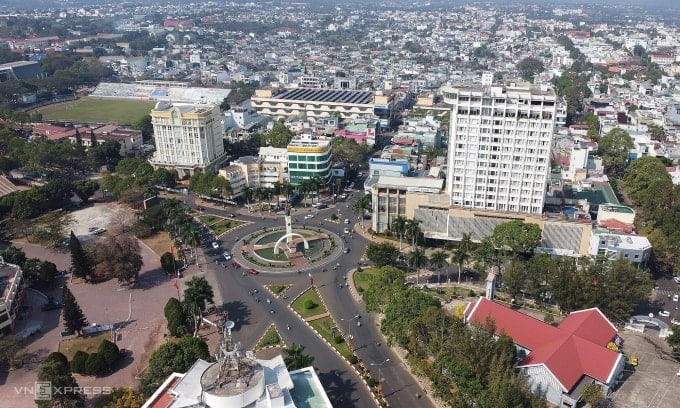






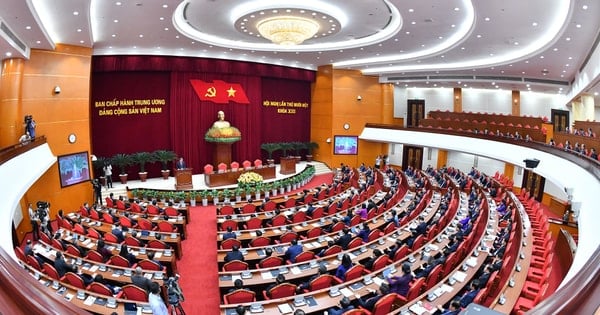









































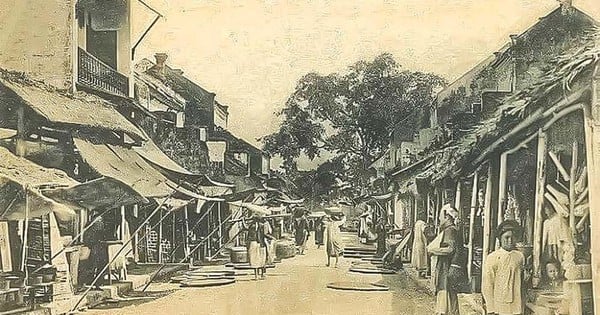


























Comment (0)